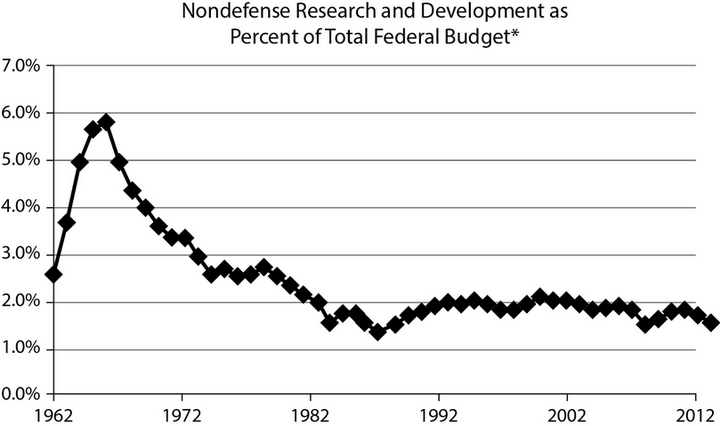PSAT Reading Practice Test 37: Science
Questions 1-10 refer to the following information.
This is a passage from a 2013 science blog on the search for the Higgs boson particle, entitled "The God Particle." This particle is considered fundamental to the modern understanding of subatomic physics because it is assumed to give rise to all mass.
"The God Particle"—from a 2013 science blog.
In the early 1960's, theoretical physicists were racing to design a consistent and verifiable
explanation to the question of how matter becomes massive at the subatomic level. Before
the winter of 1964, three similar solutions emerged independently of one another—all of
which posited mechanisms that would resolve the issue—but only one of which predicted
05a theoretical, undiscovered particle that would mediate such a mechanism. Searching
experimentally for this particle—dubbed the Higgs boson in the physics community, and
known as the "God Particle" in the media—has been the task of hundreds of physicists since
Fermilab's four-mile long Tevatron particle accelerator first came online in 1983.
A satisfying verbal definition for the Higgs boson is difficult to articulate, even for the
10theory's founder Dr. Peter Higgs. It is somewhat simpler to first describe how the universe
would behave—according to the Standard Model of particle physics—without the activity
of the Higgs boson. To begin with, matter would be essentially without mass. Gauge par-ticles,
*like photons,** would travel about at the speed of light, colliding occasionally, and
sometimes even forming proton-like complexes. However, these complexes would decay
15almost instantaneously; the stable, atomic matter that constitutes our material world would
be unsustainable.
In rough terms, the Higgs boson's role in imparting mass to the universe involves the
propagation of a pervasive "Higgs field", which mediates the collision of subatomic gauge
bosons, allowing them to acquire and maintain a mass. It is thought that this occurs because
20the Higgs field's non-zero amplitude in a vacuum spontaneously splits the electroweak
gauge invariance of W, Z and Higgs bosons and gluons, resulting in a gauge transformation
called "the Higgs mechanism". Metaphorically, the Higgs field might be thought of as
a pool of molasses, slowing the bosons and gluons, allowing them to become massive, and
ultimately reducing the elasticity of their collisions such that they may form larger, stable
25subatomic complexes like protons.
The Higgs boson is the only component of the Standard model—a set of physical
theories that explain all interactions in the universe apart from gravity—that has yet
to be observed experimentally. Because its discovery would mean a tremendous step
toward validating the Standard model experimentally, it has often been referred to
30as a "holy grail" of particle physics. However, attempts to find the Higgs have proven
-exceptionally troublesome for scientists. Together, the world's two largest and most
powerful particle accelerators—Tevatron in Illinois, and the Large Hadron Collider in
France and Switzerland—have sifted through roughly 70% of the particle's estimated vectors
without returning any evidence for its existence. On one hand this suggests that—if
35the Higgs exists—its discovery is imminent, as the remaining "places" to look for it are
becoming fewer and fewer. However, the cost of infrastructure and operation at these
facilities is becoming, some believe, prohibitively expensive. Reduced federal funding
at Fermilab has necessitated the cancellation of many projects involved with the search
for the Higgs boson.
40The protracted and arduous search for this singular particle has led some physicists to
suspect that, in fact, it does not exist. Several theories competing with the Standard model—
including Technicolor, and several extra-dimensional models—have postulated ways to
break the electroweak gauge symmetry while maintaining unitarity without the presence of
the Higgs boson. Of course, mathematical consistency is only half the battle in particle physics;
45without evidence, these models cannot be considered more credible than the Standard.
What's more, most physicists remain a far cry from abandoning Higgs boson-reliant models.
M-theory, a cutting-edge, theoretical branch of string theory that may someday resolve the
mathematical inconsistencies of modern physics, has successfully integrated the Standard
and Supersymmetric gauge models—both of which currently rely on the presence of the
50Higgs boson.
In any event, the answer looms near on the horizon. Though Tevatron
continues to encounter financial setbacks, since coming online in 2009, CERN's seventeen-mile long
Large Hadron Collider continues to advance and expand the search for the Higgs boson. At
event will be observed and recorded in the very near future. And while it will necessarily
55require several years of analysis and experimental replication to fully verify such a discovery,
the world hasn't much longer to wait for the first firm, material evidence for or against the
existence of the elusive "God particle."
*A gauge particle is an elementary particle that carries a fundamental interaction of nature.
**A photon is a gauge particle responsible for electromagnetic radiation and is also known as the particle of light.

*Source: AAAS estimates based on Budget of the U.S. Government Historical Tables.
http://www.aaas.org/page/historical-trends-federal-rd